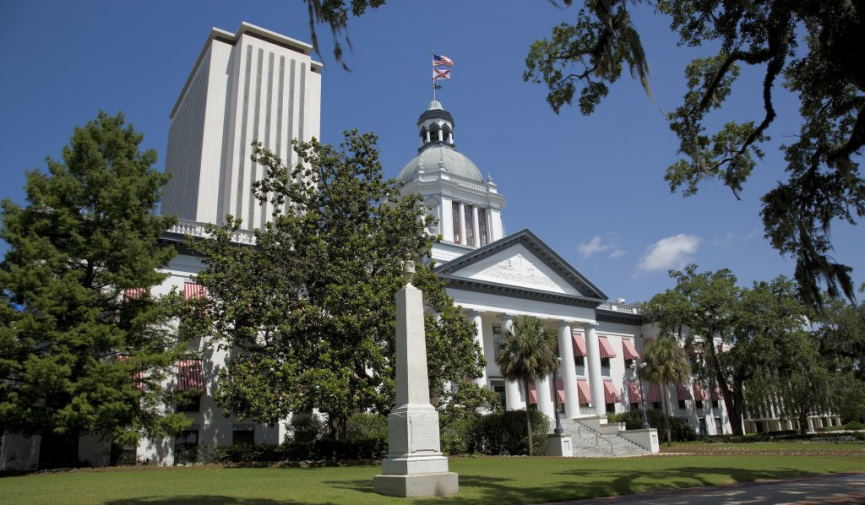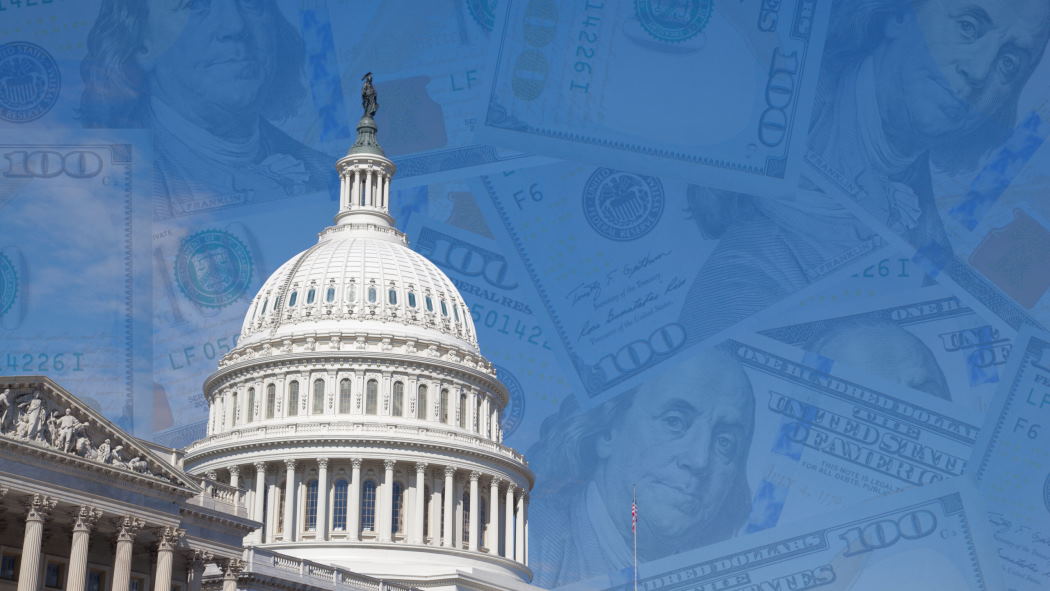In the United States, state and local governments rely heavily on taxpayer money to finance their operations. While this is necessary to maintain public services, it can often take time to ensure that all taxpayers are able to contribute equally. This can lead to financial difficulties for state and local governments, affecting public service quality. There are a few ways, however, that state and local governments can effectively finance their operations so that all taxpayers can contribute equally. These methods include charging user fees, implementing dedicated taxes, and issuing bonds. Using these financing mechanisms, state and local government officials can help ensure that their jurisdictions have the funds they need to provide high-quality public services.
Ways to finance state and local governments
State and local government finance in the United States is primarily the responsibility of state and local governments. The federal government provides grants and loans to states and localities, but most revenue raised by states and localities comes from their own sources, such as taxes, user fees, or bond proceeds.
The primary source of revenue for state and local governments is taxation. Property taxes are the most important source of tax revenue for most state and local governments. Other important sources of tax revenue include sales taxes, income taxes, corporate taxes, excise taxes, and asset-based taxes (such as inheritance or estate taxes).
User fees are another important source of revenue for state and local governments. User fees are charged for services that provide a direct benefit to the person or business paying the fee, such as water and sewer services, garbage collection, or driver’s license renewals.
State and local governments also generate revenue from the sale of bonds. Bonds are like loans that must be repaid with interest over a period of time. The proceeds from the sale of bonds can be used to finance capital projects, such as constructing roads, bridges, or schools.

Many state and local governments have struggled to balance their budgets in recent years. This has led to cuts in services and increases in taxes and user fees. As a result, some state and local governments have turned to privatization—the sale or lease of public assets to private companies—to generate revenue.
The current economic downturn has severely impacted state and local government finances. Revenues have declined as people and businesses have cut back on spending. At the same time, the demand for services such as education, health care, and public safety has increased. As a result, many state and local governments are facing large budget deficits.
The federal government provides financial assistance to states and localities through grants and loans. The most important source of federal funding for state and local governments is the Federal Highway Trust Fund, which provides funds for the construction and maintenance of highways and bridges. Other federal funding sources include the Federal Emergency Management Agency, which provides disaster relief; the Department of Housing and Urban Development, which provides housing assistance; and the Department of Education, which provides funds for education.
In addition to direct financial assistance, the federal government also provides tax incentives that can encourage state and local investment in certain areas. For example, the federal government offers tax-exempt status to bonds issued by state and local governments to construct highways, bridges, and other infrastructure projects.
Despite the current economic challenges, state and local governments play a vital role in our economy and society. They provide essential services that we all rely on and are key players in promoting economic development. With proper financial management, state and local governments can continue to provide these important services while maintaining fiscal stability.

How to stretch your local government budget further
What ways can local governments save money and stretch their budgets further?
- Review all expenses and budget items carefully to look for areas where spending can be reduced.
- Evaluate all contracts and service providers to ensure that the government is getting the best possible value for its money.
- Use technology to improve efficiency and reduce costs, such as online bill pay and e-procurement systems.
- Streamline operations and eliminate duplication of services wherever possible.
- Share resources with other local governments or agencies whenever possible.
- Encourage employees to find ways to work more efficiently and save time and money.
- Promote energy efficiency throughout the government to reduce utility bills.
- Review all tax incentives and exemptions to ensure that they are still providing value to the community.
- Increase revenue through user fees, grants, and public-private partnerships.
- Make use of volunteers whenever possible to save on labor costs.





